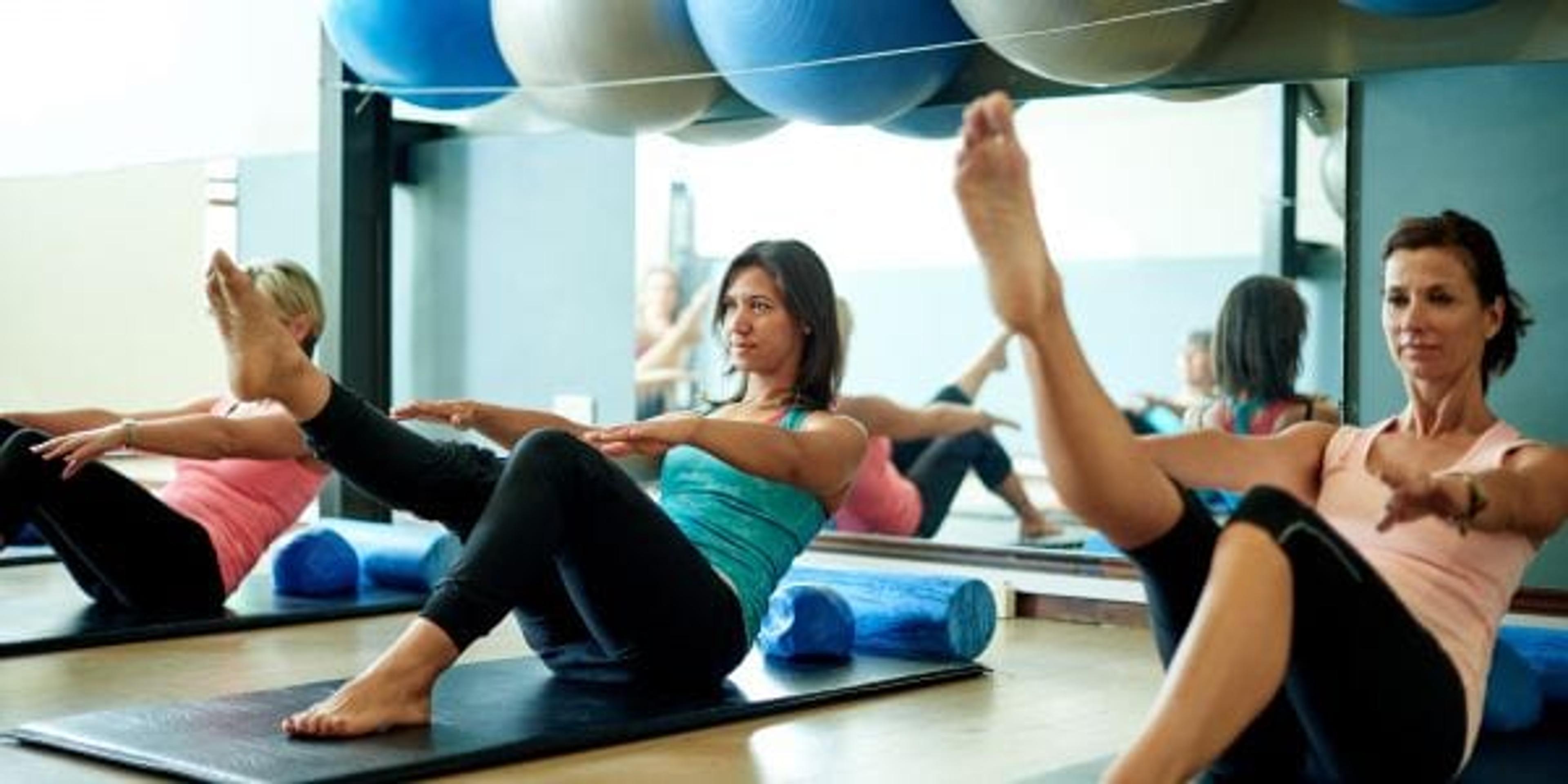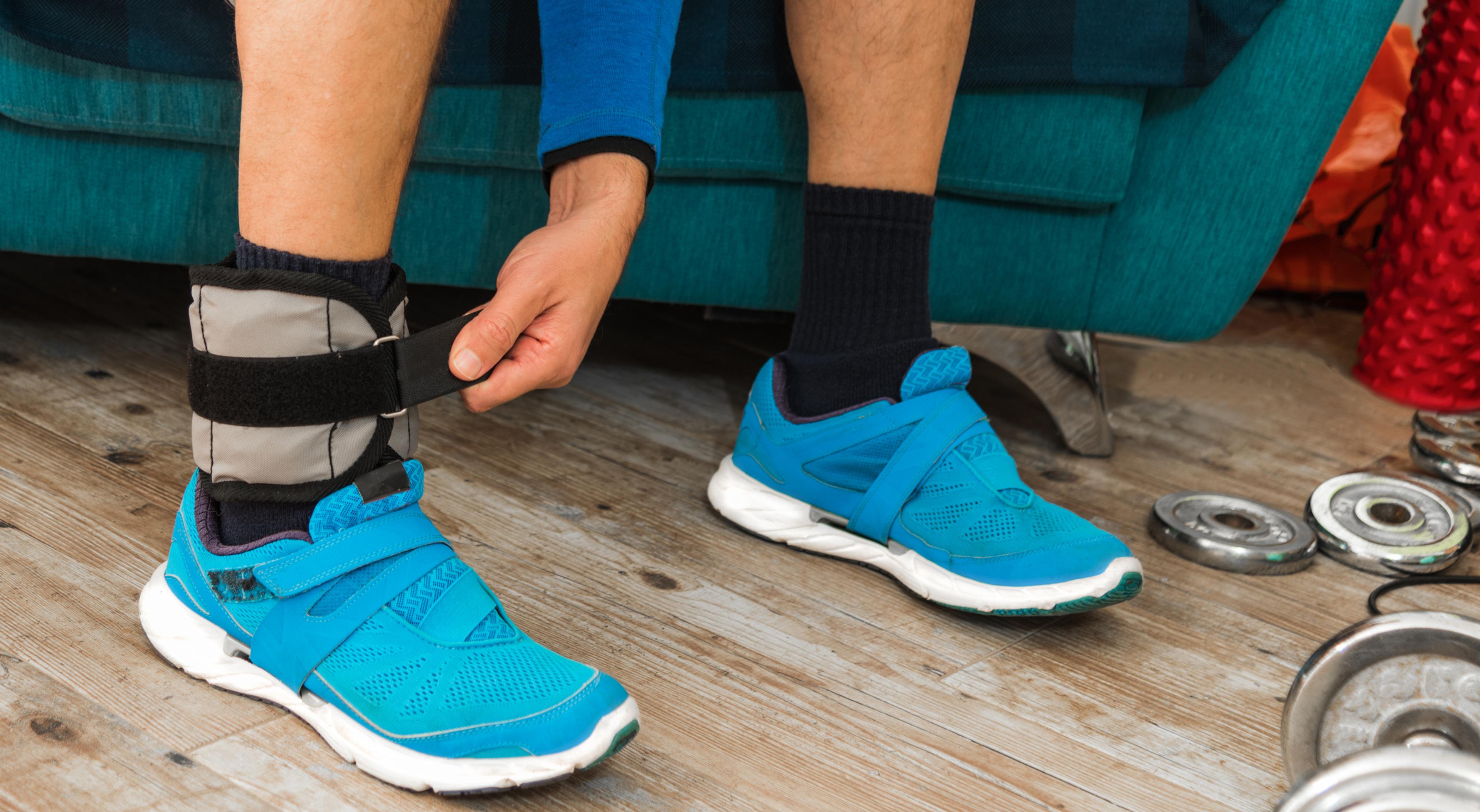Yoga vs. Pilates: What’s the Difference?
Krystal Clark
| 3 min read

Are yoga and Pilates the same? They both require deep stretches, calm breaths, and intense focus. But despite the similarities, there are key differences between these wildly popular workouts.
Yoga is a physical, mental, and spiritual practice that originated in ancient India. Its principles are deeply rooted in Hindu philosophy, but also appear in Buddhism and Jainism, respectively, although many modern practices don’t promote a religious philosophy. Pilates is a low-impact fitness system created by a German trainer called Joseph Pilates. Developed in the first half of the 20th century, his method was originally based on six principles: concentration, control, centering, flow, precision, and breath.
The Difference:
The primary goal of yoga is to strengthen the mind-body connection through controlled breathing, postures, and meditation. Pilates incorporates similar elements, but the objective is completely different. It emphasizes core strength and stability using a mat or special equipment. Yoga is derived from a spiritual practice, while Pilates was specifically designed to be a form of exercise.
The Benefits of Yoga:
- Build Muscle – Yoga postures require you to lift and maneuver your own bodyweight. It actively engages every major muscle group, increasing strength and tone.
- Flexibility – The extensive stretch poses in yoga encourage a fuller range of motion. Over time, you gain more elasticity as the joints become more relaxed.
- Supports Weight Loss – All yoga isn’t soft or gentle. Challenging practices such as Ashtanga and Vinyasa, feature vigorous movements, that can elevate the heart rate and burn fat.
- Improves Mental Health – Yoga teaches you how to detach and still be mindful. The practice is often used as a coping mechanism for individuals with stress, anxiety, or depression. Also, studies suggest practicing yoga can reduce high blood pressure by 10 percent.
The Benefits of Pilates:
- Core Control – In Pilates, most movements focus on the trunk, including the abdomen, hips and lower back. This increases core strength, which improves balance and overall stability.
- Long, Lean Muscles – This is one of Pilates’ biggest selling points. Realistically, you cannot change the length of your muscle. But you can build upon it. Consistent workouts will produce a leaner, tighter, more streamlined appearance.
- Conditioning – With Pilates, no muscle is undertrained or over trained. It’s full body conditioning, which eliminates weak points making you less prone to injury.
- Recovery – Pilates is known to help individuals recover from physical trauma. A Pilates apparatus allows you to target both small and large muscle groups with no additional strain. It’s also supports movement, and is highly adaptive.
If you enjoyed this post, you might also like:
Photo credit: Mikolette





